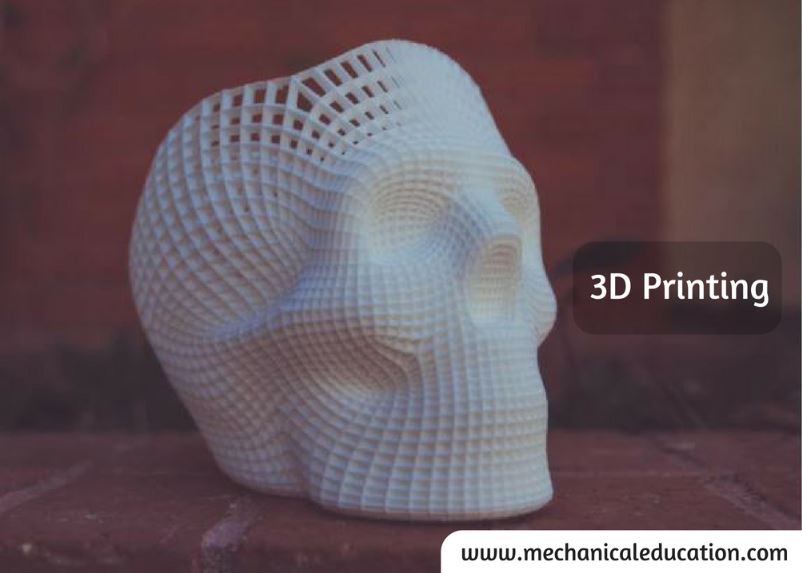Sure, here’s a guide on 5 types of automatic cars that you should know about, along with a table summarizing their key features and specifications.
Table:
| Type of Automatic Car | Key Features | Pros | Cons |
| Continuously Variable Transmission (CVT) | Smooth acceleration, fuel-efficient | Smooth and efficient operation, good for city driving | Can feel sluggish and unresponsive at times, not suitable for high-performance driving |
| Dual-Clutch Transmission (DCT) | Fast and smooth gear changes, good for high-performance driving | Fast and precise gear changes, good for high-performance driving | Can be jerky at low speeds, may have higher maintenance costs |
| Automated Manual Transmission (AMT) | Affordable and fuel-efficient, easy to drive | Affordable and fuel-efficient, easy to drive | Can be jerky and slow to shift gears, not suitable for high-performance driving |
| Torque Converter Automatic Transmission | Smooth and comfortable operation, good for heavy vehicles | Smooth and comfortable operation, good for heavy vehicles | Less fuel-efficient than other types of automatic transmissions, can be expensive to repair |
| Direct-Shift Gearbox (DSG) | Fast and smooth gear changes, good for high-performance driving | Fast and precise gear changes, good for high-performance driving | Can be expensive to repair, may require regular maintenance |
Now, let’s dive into more detail about each type of automatic car.
- Continuously Variable Transmission (CVT): A CVT uses a belt and pulley system to provide an infinite number of gear ratios, allowing for smooth acceleration and fuel-efficient operation. CVTs are ideal for city driving, but can feel sluggish and unresponsive at times. They are not suitable for high-performance driving.
- Dual-Clutch Transmission (DCT): A DCT uses two clutches to provide fast and smooth gear changes, making it ideal for high-performance driving. DCTs can be jerky at low speeds, and may have higher maintenance costs than other types of automatic transmissions.
- Automated Manual Transmission (AMT): An AMT is an affordable and fuel-efficient alternative to a traditional automatic transmission. It is easy to drive, but can be jerky and slow to shift gears, making it unsuitable for high-performance driving.
- Torque Converter Automatic Transmission: A torque converter automatic transmission uses a fluid coupling to transfer power from the engine to the transmission. This type of transmission provides smooth and comfortable operation, making it ideal for heavy vehicles. However, it is less fuel-efficient than other types of automatic transmissions and can be expensive to repair.
- Direct-Shift Gearbox (DSG): A DSG is similar to a DCT, but uses a different design to provide fast and smooth gear changes. It is ideal for high-performance driving, but can be expensive to repair and may require regular maintenance.
Frequently Asked Questions
1. What are the different types of automatic cars available in the market?
The main types of automatic cars include traditional automatic transmissions, dual-clutch transmissions (DCT), continuously variable transmissions (CVT), automated manual transmissions (AMT), and semi-automatic transmissions.
2. How does a traditional automatic transmission work?
A traditional automatic transmission uses a torque converter to transmit power from the engine to the gearbox. It automatically shifts gears based on speed, load, and throttle input without the need for driver intervention.
3. What sets dual-clutch transmissions (DCT) apart from other automatic transmissions?
DCTs use two separate clutches for odd and even gears, allowing for faster and smoother gear changes. They provide the efficiency of a manual transmission with the convenience of an automatic.
4. How does a continuously variable transmission (CVT) differ from traditional automatic transmissions?
CVTs use a belt and pulley system to provide a seamless range of gear ratios. Unlike traditional automatic transmissions with fixed gears, CVTs offer a smooth and continuous variation of ratios, enhancing fuel efficiency.
5. What is the difference between an automated manual transmission (AMT) and a traditional automatic transmission?
AMTs are essentially manual transmissions with an automated clutch and gear-shifting mechanism. They offer the convenience of automatic transmission with the cost-effectiveness of manual transmissions.
6. Are semi-automatic transmissions the same as manual transmissions?
Semi-automatic transmissions, also known as automated manuals or clutchless manuals, allow the driver to manually shift gears without operating a clutch pedal. However, the transmission system can also operate in an automatic mode.
7. Which type of automatic transmission is best for fuel efficiency?
Continuously Variable Transmissions (CVTs) are often praised for their fuel efficiency, as they can maintain the engine at optimal RPM levels for better fuel consumption. However, advancements in other types have narrowed the gap in recent years.
8. Do automatic cars require different maintenance compared to manual cars?
Automatic cars may require slightly different maintenance procedures, such as periodic transmission fluid changes. However, advancements in transmission technology have reduced the maintenance gaps between automatic and manual transmissions.
9. Can I tow a trailer with automatic cars of all types?
Most automatic cars, including those with traditional automatic, CVT, or dual-clutch transmissions, can be used for towing. However, it’s essential to check the manufacturer’s specifications and guidelines for towing capacity.
10. Are all types of automatic transmissions suitable for performance-oriented driving?
Different types of automatic transmissions cater to various driving preferences. Traditional automatics and DCTs are often favored for performance driving due to quick and precise gear changes. However, the suitability depends on individual preferences and the vehicle’s intended use.




